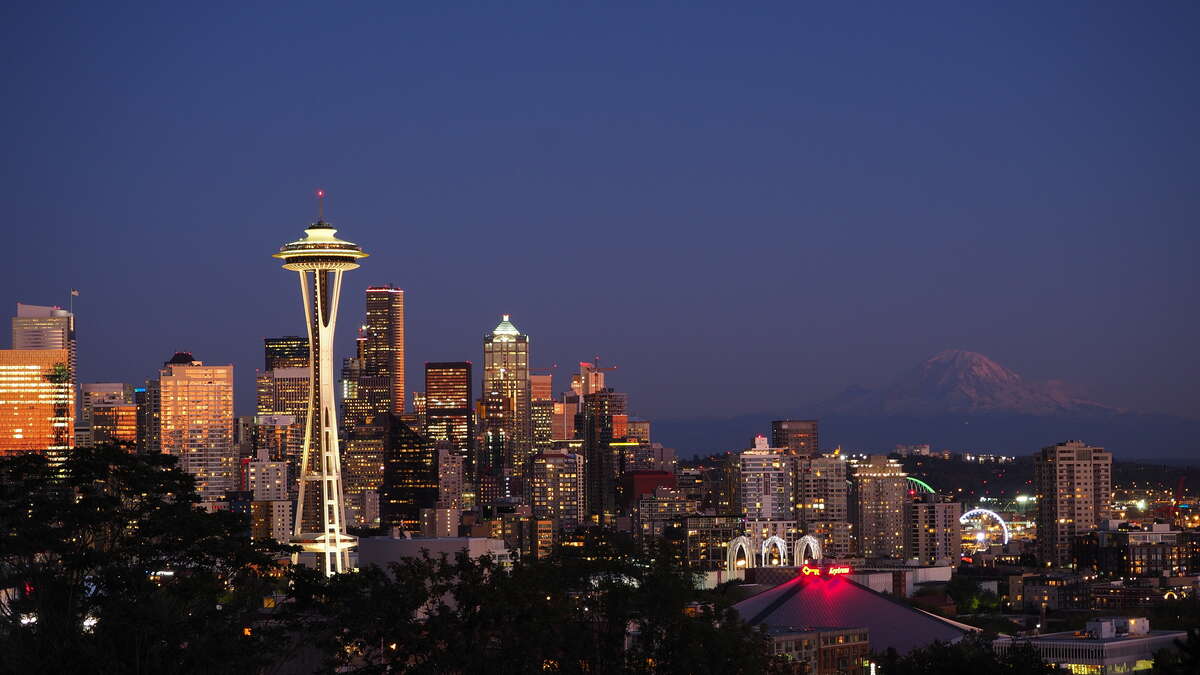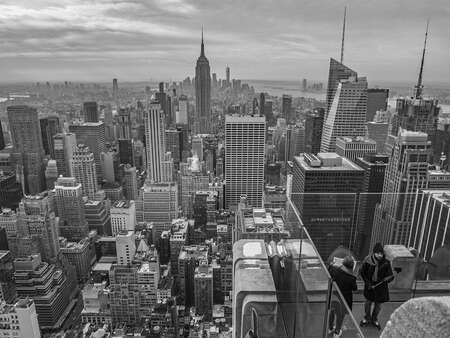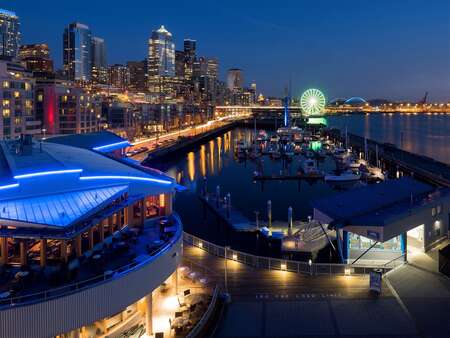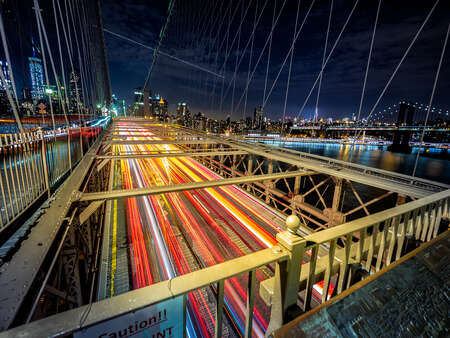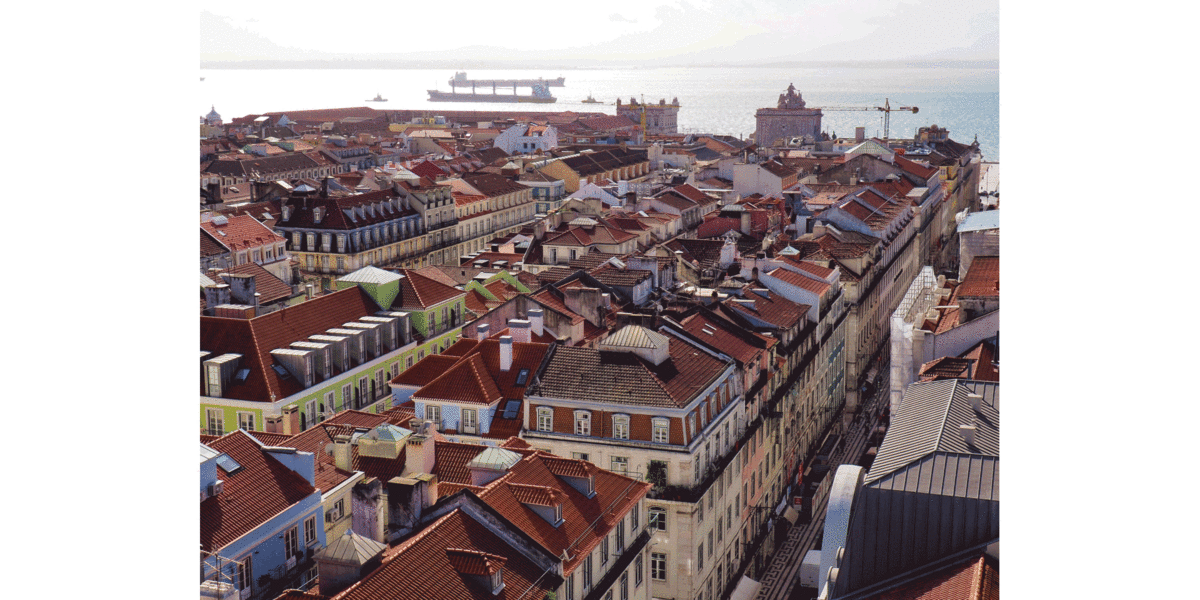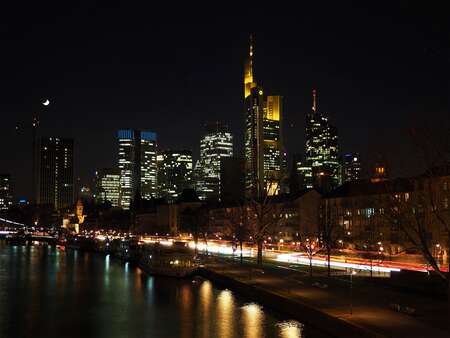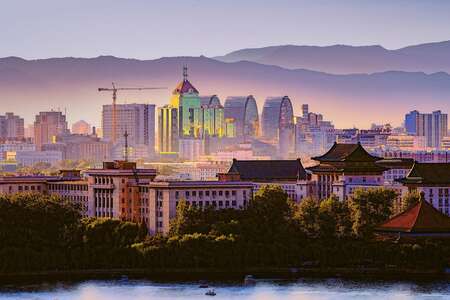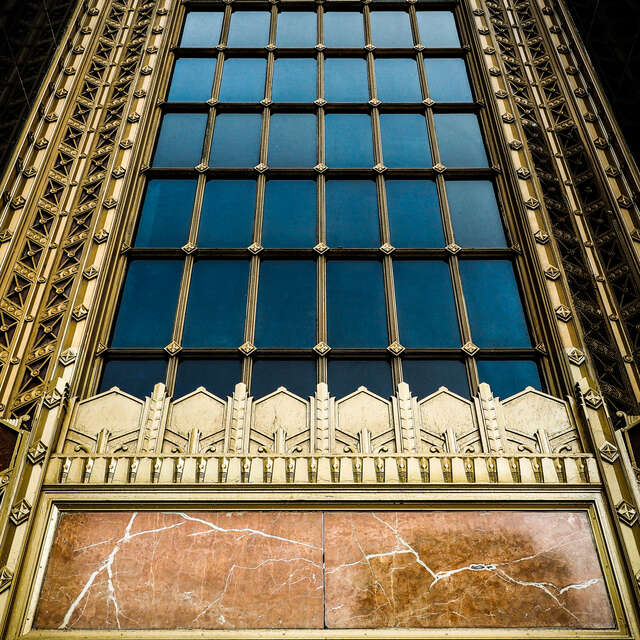Skylines make an impressive post. Whether you’re in New York or Phnom Penh, a skyline photo gives a sweeping portrayal of the city (not to mention, it’s the perfect way to announce your arrival). Check out seven easy rules for shooting your own.
TIME IT RIGHT
Most photographers capture cityscapes at night, but skylines can look particularly impressive in Blue Hour (the periods of twilight between daylight and darkness). The balance of natural and artificial light appears equal and the whole city takes on an atmospheric, azure glow. But Blue Hour doesn’t last long, so you’ve got to have your camera ready to go.
FIND A GOOD VANTAGE POINT
Aerial skyline photos capture patterns you can’t see from street level. If your hotel room has a view, make use of it. If not, search for observation decks, bridges, or nearby hills.
Pro Tip: Use a wide-angle lens to help you capture more of your scene in one shot.
STAY SHARP
To get all the detail of a skyline, use a narrow aperture to increase the depth of field. This way you’ll get clean, crisp images with every detail in focus. If you’re shooting at night, you’ll want to use a tripod as narrow apertures will require slow shutter speeds. To avoid blur in your images caused by even the slightest camera shake, it’s best to keep your gear steady. Camera shake can also be introduced by pressing the shutter button, so set your self timer or use a camera with an app capable of controlling the camera remotely for better results.
CAPTURE MOVEMENT
Cities are alive. Don’t shy away from the movement within them. A long exposure shot will create beauty from the chaos. To easily create captivating light trails like this one, try using a camera with Live Composite, which automatically extracts the brightest areas from a sequence of interval shots and combines them into one perfectly exposed image.
LOOK FOR LEADING LINES
Leading lines add depth, dimension, and structure to your cityscape. Guide your viewers’ eyes toward the main subject or from one point of interest to another with a road, bridge, train track, or other line.
WATCH YOUR HORIZON
Buildings create an artificial horizon. Pay special attention to the roofs and angles of the buildings to ensure your image doesn’t slant to one side. You can lay gridlines over your scene in the viewfinder to check that it’s level.
CHANGE THE WEATHER
Shoot skylines in different weather conditions to give more atmosphere to your shots. For example, mist or clouds can set the tone and mood of your frame. The trick is to just keep shooting. Come rain or shine!
